A Tecnologia da Informação (TI) consolidou-se como fundamental nas empresas, a partir do entendimento de que o melhor gerenciamento de softwares ou Gestão de Ativos de Software SAM pode otimizar os processos operacionais e, consequentemente, gerar produtividade.
Neste sentido, a Governança de Software, por meio da Governança de TI, pode ser entendida como um conjunto de políticas e normativas aplicadas em um ambiente empresarial, organizando todo o suporte tecnológico disponível e desenvolvendo as habilidades dos profissionais de TI.
Ao alinhar o setor tecnológico ao planejamento estratégico da empresa, com uma gestão profissional focada e eficiente na área da Governança, as potencialidades de negócio podem ser mais bem exploradas.
O papel estratégico da Governança de Software e Gestão de Ativos de Software
É importante salientar que a gestão de TI não se restringe ao próprio setor de atuação, pois apesar da promoção de práticas de controle interno, ela tem atuação em todo o funcionamento orgânico da empresa.
A gestão deve ser agregada ao planejamento estratégico, já que suas atividades convergem para a visão da empresa, em termos de alcance e objetivos.
A Governança de TI atua sob um dos principais pilares de uma empresa, pois funciona como uma guardiã de informações. Entendendo a importância que a segurança de dados significa para a funcionalidade e desenvolvimento de qualquer negócio, a manutenção da produtividade de sistemas e softwares é preponderante para a plena capacidade dos mesmos.
Como colocar em prática a SAM?
Existem variados modelos de governança que podem ser aplicados para o gerenciamento dos recursos de TI. Estes modelos também são conhecidos como frameworks, e precisam ser estudados caso a caso pela gestão da empresa para a escolha do melhor método, de acordo com as demandas e respectivos planejamentos. A seguir, alguns dos mais famosos:
O COBIT (Control Objectives for Information and Related Technology) é considerado como um modelo pleno de governança. Com foco no nível estratégico, este framework de controle possibilita o fornecimento de informações para que as empresas atinjam suas metas, permitindo recursos gerenciais avançados.
O Risk It é um framework complementar ao COBIT, pois ele permite uma integração da gestão de riscos de TI com a da própria empresa, a partir da oferta de informações sobre potenciais riscos. A partir daí, são avaliados a tolerância a estes riscos e apresentadas medidas responsivas.
O ITIL (Information Technology Infrastructure Library) foca não apenas no atendimento das necessidades da empresa em si, mas no público dela, sendo mais indicado com o objetivo de otimizar os serviços de TI prestados dentro da própria empresa.
O Scrum se aplica, principalmente, ao gerenciamento de projetos, tendo se popularizado na gestão de projetos de desenvolvimento ágil de software.
Já o PmBOK (Project Management Body of Knowledge), também gerencia projetos, com o propósito de aprimorar o desenvolvimento dos profissionais de TI, aperfeiçoando técnicas e competências.
Como a Gestão de Ativos de Software beneficia as empresas?
Além da segurança da informação, com a possibilidade de melhorias na utilização dos recursos de software disponíveis, a automação dos processos é melhorada, permitindo economia de custos. Estes são os principais benefícios da Gestão de Ativos de Software.
Também são sentidos impactos nos setores de marketing e de negócios da empresa, com a adoção de inovações mercadológicas, e possíveis riscos podem ser antecipados, flexibilizando a tomada de decisões.
A implementação eficiente da Governança de TI passa por uma série de desafios que envolvem a segurança da informação e o alinhamento estratégico das soluções tecnológicas aos objetivos do negócio. Nesse contexto, a governança de dados e a gestão de risco tornam-se essenciais para garantir a confiabilidade e a integridade das informações utilizadas pela empresa.
A transformação digital tem impulsionado novas formas de gerenciar a tecnologia da informação, trazendo maior eficiência e automação dos processos. No entanto, essa evolução também exige controles internos cada vez mais rigorosos para minimizar vulnerabilidades e mitigar riscos operacionais. Para isso, o uso de trilhas de auditoria permite monitorar a conformidade das operações de TI e assegurar que todas as ações estejam alinhadas às políticas da organização.
A incorporação da inteligência artificial na gestão de ativos de software também tem sido um diferencial estratégico das empresas. A IA possibilita a análise preditiva de riscos, automatiza processos de auditoria e aprimora a segurança dos dados. Dessa forma, a tomada de decisão se torna mais ágil e assertiva, garantindo maior controle sobre os recursos de TI.
Além disso, a responsabilidade social das empresas também está diretamente ligada à proteção de dados e à experiência do cliente. Garantir a segurança da informação não é apenas uma questão de conformidade, mas também um compromisso ético com os usuários e parceiros de negócios. Ao investir em práticas sólidas de governança de TI, as empresas não apenas mitigam riscos, mas também fortalecem sua reputação no mercado.
Outro benefício significativo é a redução de custos operacionais. A implementação de estratégias eficazes em governança de TI e alinhamento estratégico permite otimizar o uso dos recursos de TI, eliminando desperdícios e aumentando a eficiência das operações. Empresas que adotam essa abordagem conseguem equilibrar inovação e segurança, garantindo a sustentabilidade e o crescimento contínuo do negócio.
As equipes de governança desempenham um papel essencial nesse cenário, sendo responsáveis pela implementação de políticas eficazes e pela gestão de recursos. Para ilustrar esses conceitos na prática, histórias de clientes e exemplos práticos demonstram como uma governança bem estruturada pode impactar positivamente a empresa. Além disso, manter um inventário de software atualizado é fundamental para garantir a conformidade e evitar riscos desnecessários, contribuindo para um ambiente tecnológico mais seguro e eficiente.
Governança de dados, gestão de risco, tecnologia da informação, estratégicos da empresa, controles internos, segurança da informação, transformação digital, alinhamento estratégico, inteligência artificial, trilhas de auditoria.



